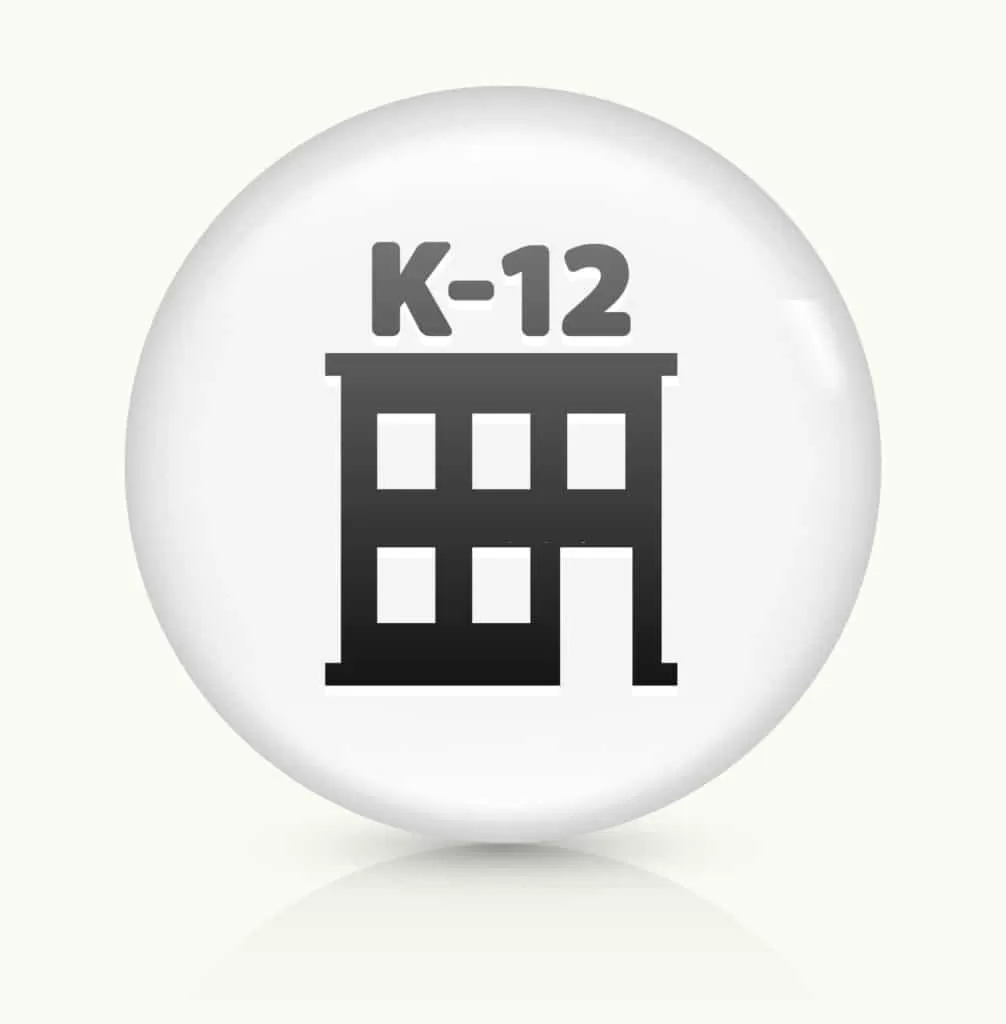Most people migrating into Canada are unsure about the country’s education system, the courses, and the subjects on offer. It is important to know the educational policies and system of any country before settling down and educating your child. Canada has been consistent in terms of student performance worldwide, with the Canadian government providing free education up to class 12. Such policies cater to both the original residents of Canada and the children of foreign citizens temporarily or permanently residing in the country. The free public school structure is one of the most well-known and commendable education systems in the world. Let us look at the details of the K-12 education system and everything you must know about it.
What is the K-12 system of education?

K-12 refers to Kindergarten (K) stage to 12th Grade (12) in Canada. The short form, K-12 provides universal free and compulsory education to students up to the age of 16. Only in Ontario and New Brunswick is education compulsory till the age of 18. Thus, the K-12 system starts providing education to all students from the elementary level to high school. The federal, provincial, and local governments control the public education system in Canada.
Classification of Schools
In Canada, schools are classified according to grades and funding.
Age and Grades
Students attend elementary or primary schools and then enter middle school and high school.
-
Elementary Schools
The elementary stage extends from Kindergarten to Grade 6. Elementary or primary education refers to the basic education of a child. Compulsory education begins at 5 years of age for every child when they must get enrolled in Kindergarten. Usually, kindergarten and nursery schools are not included in the purview of the public school system.
Elementary schools start admitting students from the age of 6. Students enter the free public education scheme in elementary schools from Grade 1 and continue up to Grade 6. Some elementary schools incorporate the intermediate, middle school stage and extend education till Grade 8.
-
Middle School
Some of the provinces have middle schools covering Grades 7 and 8. It acts as a transition phase between elementary school and high school.
-
Secondary School
High school or secondary school refers to Grades 9, 10, 11, and 12. High schools form the last phase of the K-12 education system after the students complete their elementary and middle school grades. Some high schools include the middle school phase, too, and cover from Grade 7 to Grade 12. For instance, in Quebec, public high schools teach from Grades 7 to 12.
Funding
According to funding, there are public schools and private schools in Canada.
-
Public Schools
Every province in Canada has public schools that must admit all children residing in the area. Each public school maintains high standards of infrastructure, teaching, and resources to provide children with quality education. The public schools in each province or district provide students with free education near their residence, reducing the time lost in traveling to far-off schools. Instead, they can utilize their time in extracurricular activities.
Parents need to report to the Board of education or the district central office with all necessary documents like proof of residence, citizenship, immigration papers, birth certificate, etc., to know which public school would be assigned to their child. -
Private Schools
Private schools are fewer in number in Canada, with only 5% of students opting for it. These schools demand a hefty fee, and thus private school education in Canada is known to be quite expensive. Mostly, single-sex schools or special schools for students with disabilities are private schools.
Language of Instruction
Canada is a bilingual nation, where English and French are the official languages. The medium of instruction in most public schools is English. Some provinces like Quebec follow French as the primary language of instruction. Most schools allow students to take up English or French as Second Language, depending on the primary language.

Subjects Offered
In Canada, students study different subjects, with special focus given to certain subjects based on their level or grades.
Elementary Schools
Students aged 6 to 12 focus on maths, language, science, social studies, and physical education at the elementary school level. Some districts also introduce second language at this level.
Secondary Schools
Students study the compulsory subjects during the initial years of high school or secondary school along with some optional ones. Middle school or junior high school students in the age group of 12 to 15, or grades 7 and 8, mostly follow this curriculum.
From Grade 9 onwards, students follow the ‘semester high school’ system where they study four subjects in each of the two semesters throughout the year. They also come under the credit-based system, where each student must obtain a certain number of credits in each subject to receive the high school diploma.
Students get to study English, French, Advanced Mathematics, History, Geography, Physics, Chemistry, Biology, Art, Drama, etc., at the high school level. As they move to higher classes, they are introduced to special courses to prepare them for jobs and higher education.
Most schools offer several optional vocational courses along with academic studies at the high school level. They are allowed to select whether they wish to study the mandatory subjects at the ‘general’ or ‘applied’ level, or the ‘advanced’ or ‘academic’ level, according to their preferences. The ‘advanced level’ curriculum prepares you for university education, while the ‘applied level’ trains you for a community college education.
Along with mandatory subjects like Maths, Languages, Science, Arts, students can choose optional subjects like drama, photography, etc. High schools offer vocational training in agriculture, business, trade and industry, and home economics.
For instance, high schools in Ontario require students to complete 30 credits to earn a high school diploma. Among these 30 credits, 18 are core subjects, from which students can select whether they wish to follow academic level or applied level. The rest of the credits belong to optional and vocational subjects.
Evaluation
Students up to Grade 8 are exempted from taking examinations in Canada. They have to continuously appear for class evaluation tests, assignments, and group projects, which help evaluate their progress. From Grade 9 onwards, they have to appear for a final examination in each subject every year. The total evaluation is based on the final examinations, class evaluations, and other tests.
These were the basic details about the K-12 system of education in Canada to make the parents aware of all they need to know to provide their children with a basic education in this country.


